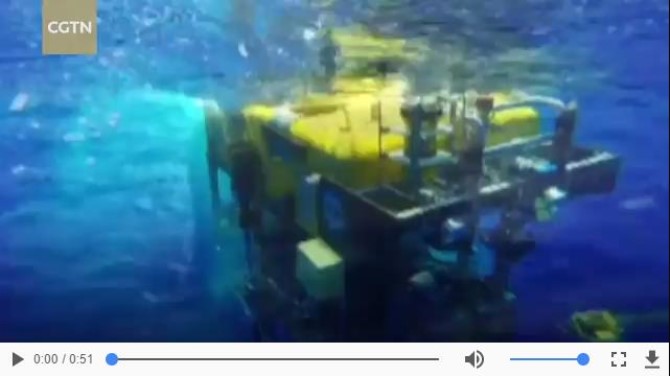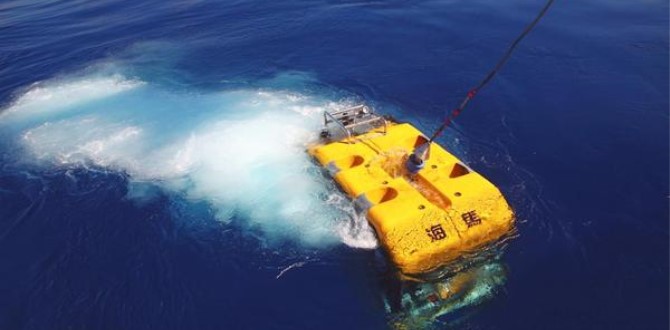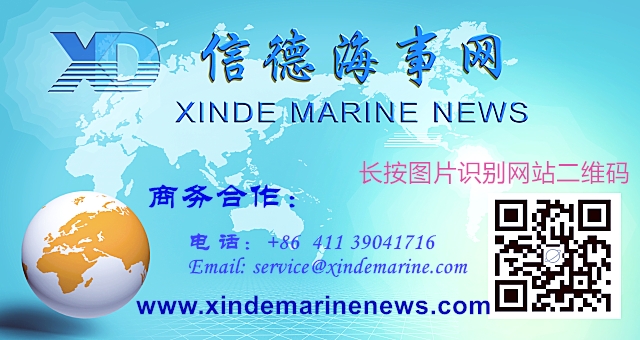
China’s Haima unmanned submersible has collected 330 kilograms of cobalt-rich crust samples from the Yap Seamount sea area during its Pacific scientific investigation mission, according to the China Geological Survey Bureau under the Ministry of Land and Resources.

Haima, or Hippocampus, is a vessel designed by China on its own. It can dive to a depth of 4,500 meters with remote control. It was carried by its mother ship Haiyang-6 this time. It completed six dives, collecting 330 kg of samples at a depth of 2,000 kilometers. The biggest sample weighs 62 kg. Haima has also made a breakthrough in making a drilling machine to reach deeper.
“We used the drilling machine carried by the deep-water robot to drill into the cobalt crust to take samples. The drilling machine reached 80 cm into the crust, thus acquiring cobalt-rich crust samples,” said Wang Hongbin, deputy chief engineer with the Guangzhou Marine Geological Survey under the China Geological Survey Bureau.
In the next step, Haiyang-6 will start the deep-sea geological survey.
“First, we will continue our rare earth resources investigation in the Western Pacific on the basis of our preliminary work and expand the prospective resources of rare earth resources. We will also conduct a comprehensive research on deep sea environment and research on the impact of the global climate change,” said Xu Zhenqiang, director with the Marine Geology Division of the Basic Department of China Geological Survey Bureau.
Haiyang-6 is expected to return to Guangzhou in South China’s Guangdong province in February next year.
source:english.gov.cn
投稿或联系信德海事:
admin@xindemarine.com
